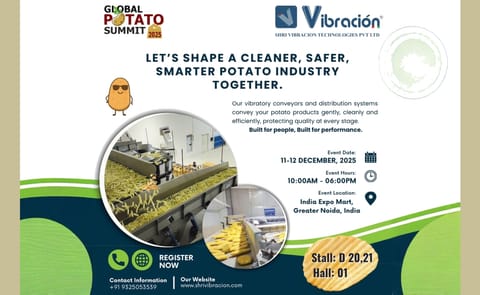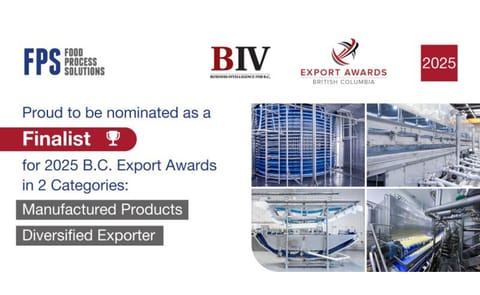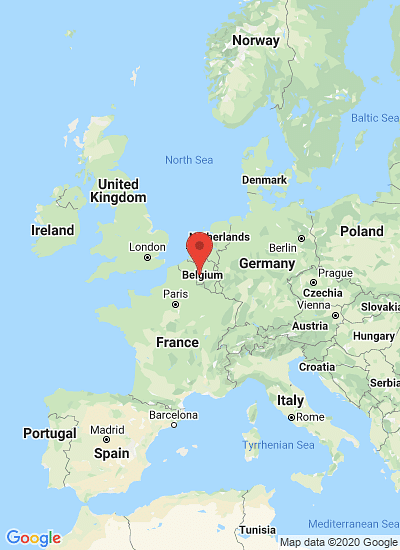Why the issue of food waste is more important than ever.
Why the issue of food waste is more important than ever
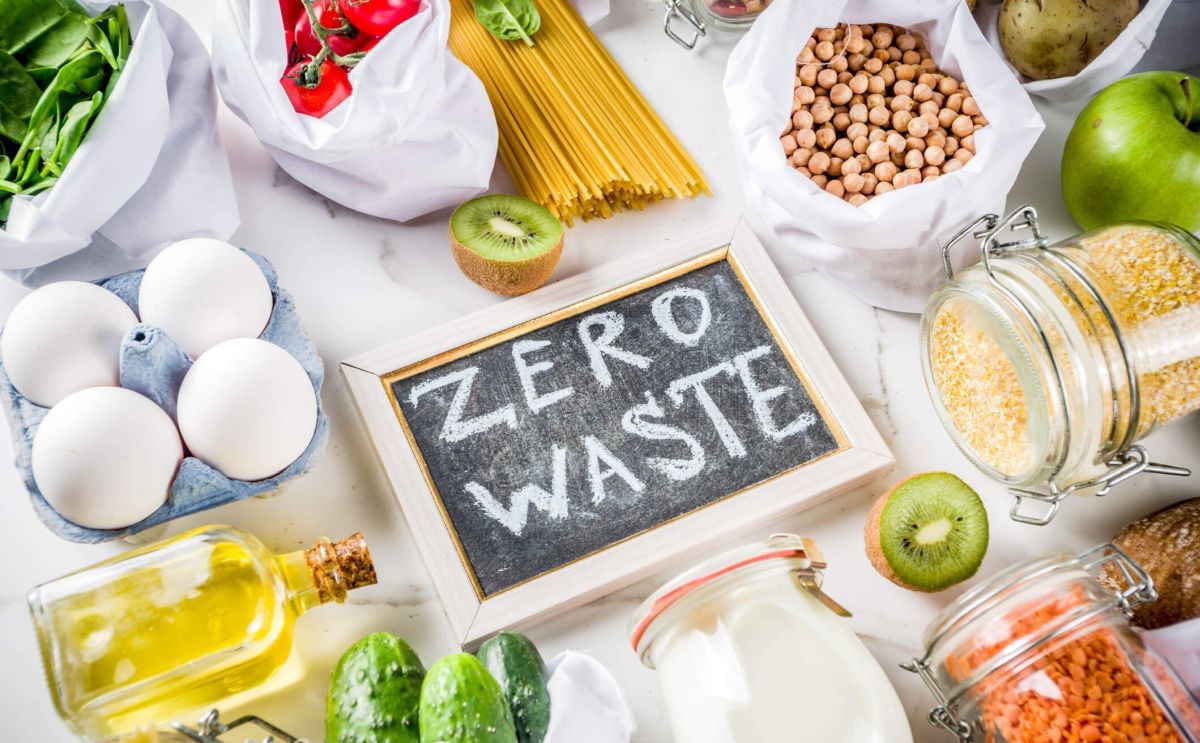
The world is currently wasting 1.3 billion tonnes of the food produced
for human consumption every year, which amounts to a third of all food produced for that purpose.
From farm to fork, the issue of food waste is rife across all aspects of the supply chain and all corners of the globe.
There isn’t just one solution to help reduce the impacts of food waste, however actionable steps can be taken to
lessen the amount of food wasted.
We are in the midst of a food waste crisis, and the world must respond now to reverse its impact before it is too
late.
The impact of consumer behaviour on waste
One of the biggest factors in the battle against food waste is changing consumer behaviour to adopt a more
efficient mindset and move from a ‘throw away’ mentality.
In North America and Europe, the annual waste per consumers is between 95-115 kg a year, while consumers
in sub-Saharan Africa, south and south-eastern Asia each throw away only 6-11 kg a year. In terms of monetary
value, food losses and waste amounts to roughly US$680 billion in industrialized countries and US$310 billion in
developing ones.
There are a number of issues at play here. One of the most-often cited is that wealthier societies have been
guilty of creating a throw-away consumer culture that sees more than 50 million tonnes of fresh fruit and
vegetables being discarded across Europe every year, often because the produce is thought too ugly.
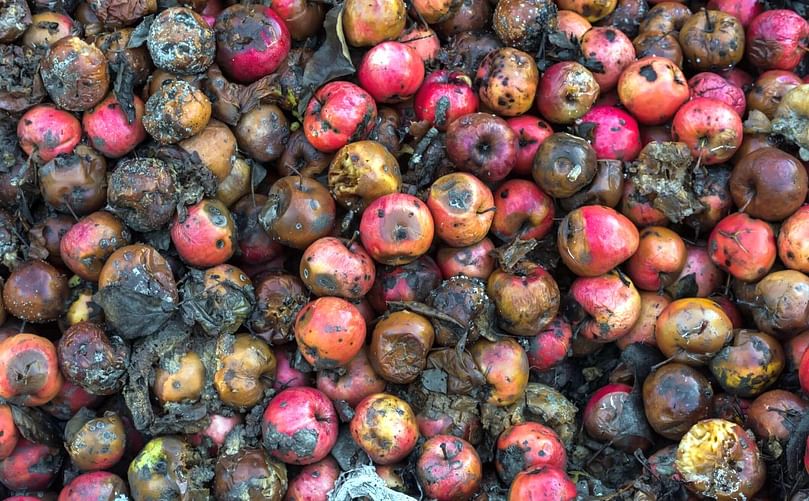
Supermarkets are often blamed for enabling food waste, with mountains of unsold food that could be redistributed instead of being thrown away, based on estimated ‘best before’ dates applied to food that is often still safe to eat.
There are also inadequate processes for redistributing wasted produce to food banks and those in need. In a bold but welcome step in 2016, France became the first country to ban supermarkets from throwing away or destroying unsold food, forcing them instead to donate it to charities and food banks. Italy has since introduced a similar law, where it’s made easier for companies to donate unsold food, and Australia has set targets to reduce its food waste by 50 per cent by 2030. Denmark, South Korea and Dubai are also taking steps to combat the amount of food waste created.
A requirement or desire for freshness plays a big part in driving supermarket and consumer throwaway cultures, but the Internet of Things (IoT) could offer a potential solution for this problem in the form of sensor technology at any given time based on real-time measurements of food quality parameters.
The lack of facilities in developing countries
There has been a widespread failure to prevent food loss and waste much earlier in the supply chain, including on the farm and in fields after harvest.
While richer, industrialized countries are guilty of food waste whereby they discard the produce that reaches them, poorer developing countries have a problem with ‘food loss’.
By way of distinction, food losses occur in the production chain and hit small farmers in developing countries the hardest. The Food and Agriculture Organization (FAO) estimates that 30-40 percent of total production can be lost before it reaches the market, due to problems ranging from spillage to lack of proper post-harvest storage, processing or transportation facilities.
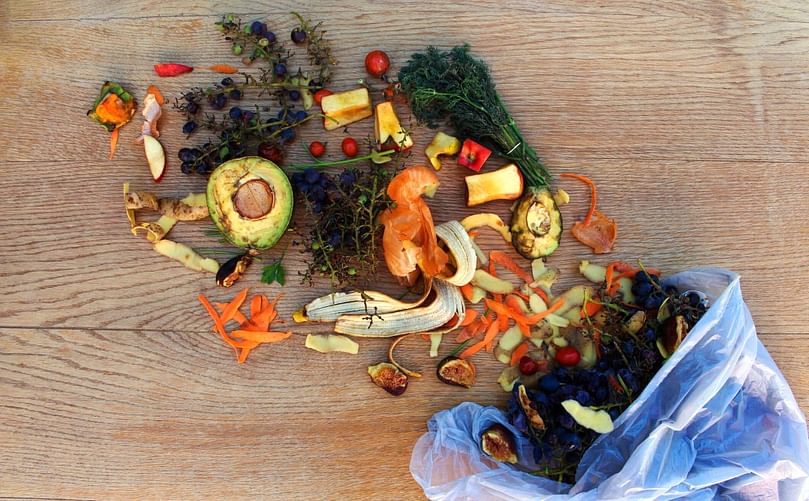
These losses can be as high as 45 per cent for root crops, fruits and vegetables, 30 per cent for cereals, 35 per cent for fish, and 20 per cent for meat.
Annual food losses for fruits and vegetables in sub-Saharan Africa are estimated at 40 to 50 per cent. Around half are lost between agricultural production, post-harvest handling, processing, distribution, and consumption. Shockingly, over 80 per cent of fruit and vegetable waste comes after the farmer has grown the fruit or vegetable and before the consumer purchases it.
In addition to poor market access and other related factors, a major cause of this loss is the lack of refrigeration available to food farmers in sub-Saharan Africa.
Off-grid, solar powered cool storage is an area of particular interest for those looking at how to reduce food loss in developing countries, as this solution can help preserve perishable foods. Cool storage addresses the problem of post-harvest losses in fruits and vegetables and gives farmers the storage and means for preservation of graded, sorted and packaged produce.
Upcycling agricultural waste
Vast amounts of agricultural waste never make it out of the field or off the farm. When assessing the level of agricultural globally, a 2018 Brazilian study found that crop residues, or plant waste left in the field after harvest, total 5.5 billion tons.
Potential uses for this supposed waste include organic fertilizer, soil enrichment, biofuel and animal food, but innovators have begun upcycling surplus agricultural matter.
For example, farmers of cacao, the plant that forms the basis of chocolate bars, are generally left with as much as 12 times too much biomass from the process. Innovative farmers, researchers and businesses have recognized the opportunity in this supposed waste, and are transforming it into products like beer, desserts, juice and pharmaceutical nutrients.
Using innovation to improve yields
A lack of precise sorting can lead to unnecessary food losses. To the human eye, a batch of produce which has come out of the field may be deemed as being of a poor quality – something which may purely be based on the aesthetics.
But through adopting and implementing technology, it can be determined that the crop is actually of a good enough quality to be used either for its intended purpose or for an alternative source.
This innovation can have a profound impact. Taking the humble French fry as an example – globally, French fry production is 21 million tons, using 41 million potatoes in the process. Through implementing efficient sorting technology, there can be an increase in both yields and food quality and bring the number of tons of potatoes used closer to the number of tons of French fries produced, thus reducing waste.
The improvement in yield enhancing technology is not simply about ensuring that food can be used for its initial purpose, but also identifying alternative uses for produce that might otherwise have been discarded and lessening waste.
Developments in technologies, such as a 360-degree surround view of the produce for optimal inspection, combined with innovative detection and rejection technology, result in more valid decisions about the quality of the product.
This technological progress not only improves the quantity of available food, but it also maintains the high levels of quality expected by consumers who are increasingly interested in what they are purchasing. Technology can be a catalyst for change
With the United Nations aiming to reduce waste per capita by 50 per cent by 2030, action needs to be taken to help make reaching this target achievable.
There is a great opportunity for businesses and society as a whole to make a great contribution towards the reduction of food waste and loss through technology.
As a leading manufacturer of sensor-based food sorting systems, TOMRA Sorting Food is acutely aware of the food waste issue and works closely with farmers, processors and retailers to reduce food waste, optimize yields and maximise profits.
Our experience around the world highlights the need to increase the emphasis on preventing ‘good’ products being removed from the food supply chain and unnecessarily wasted, caused at large by inefficient systems.
TOMRA is committed to continuously developing sorting and grading systems to sustainably keep food in our supply chains and out of the waste heap.



